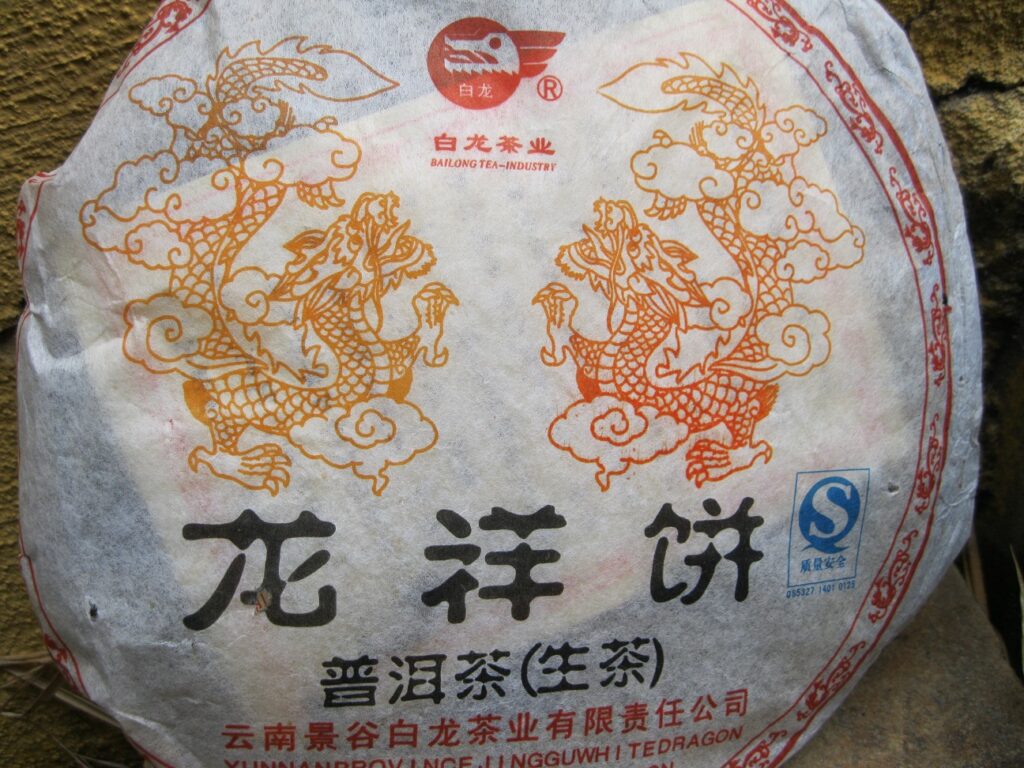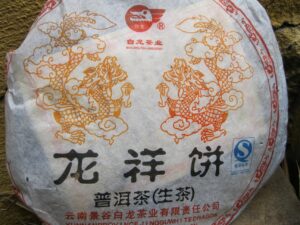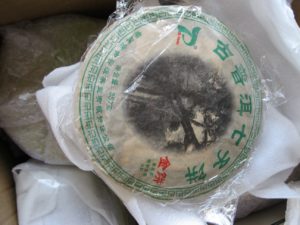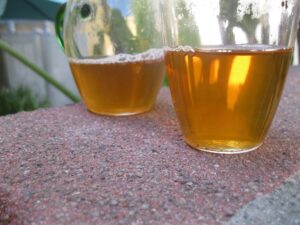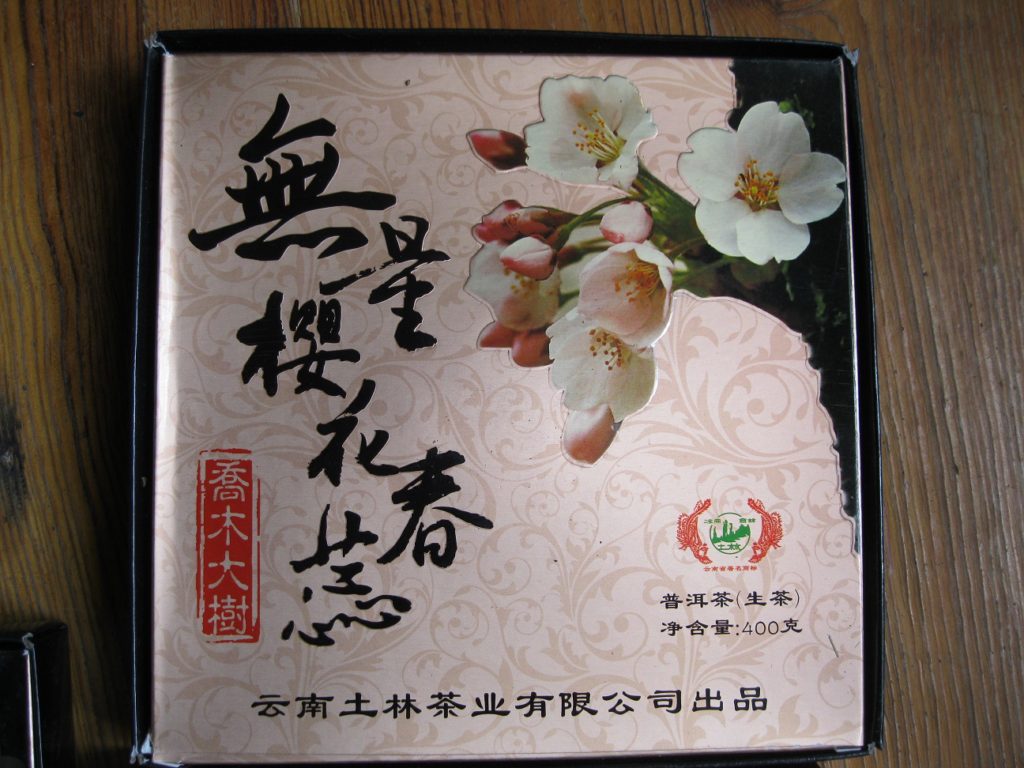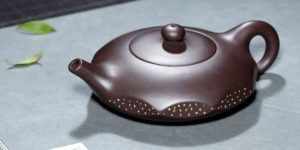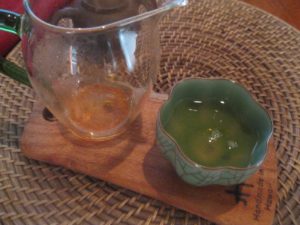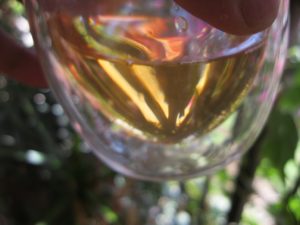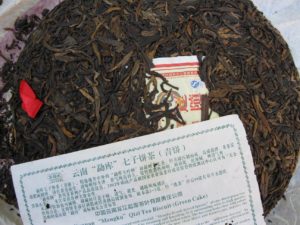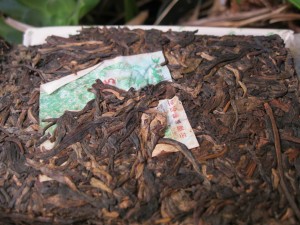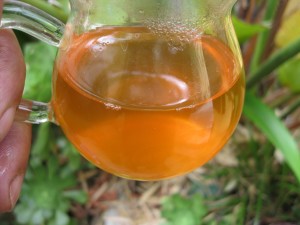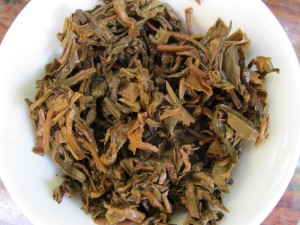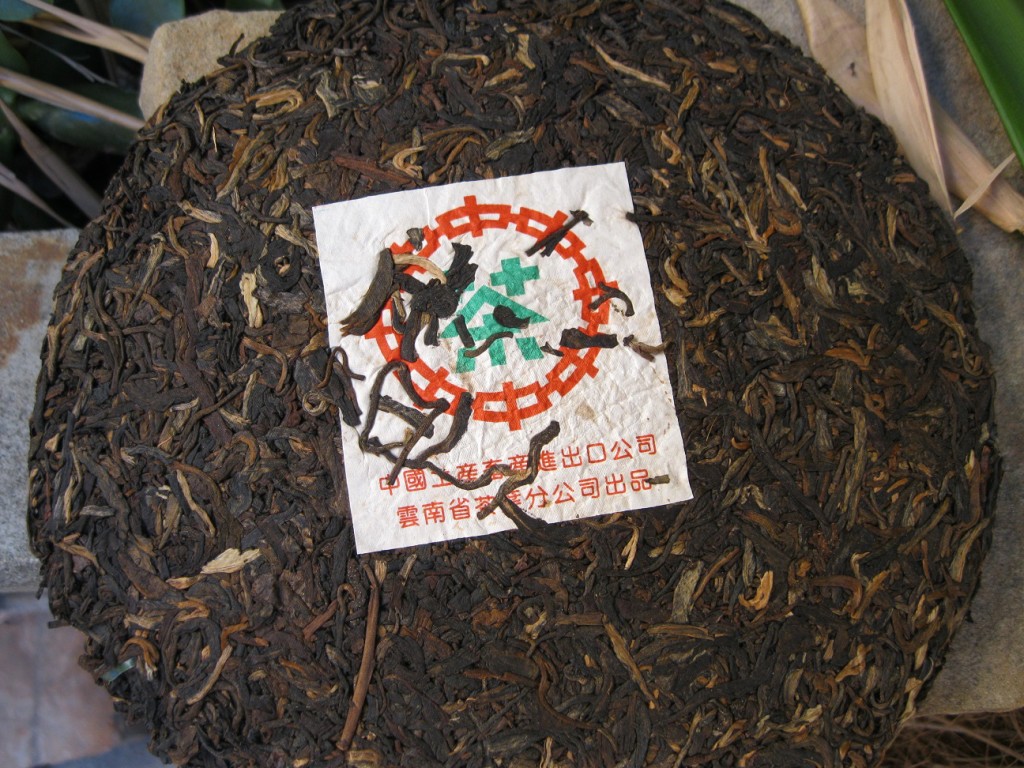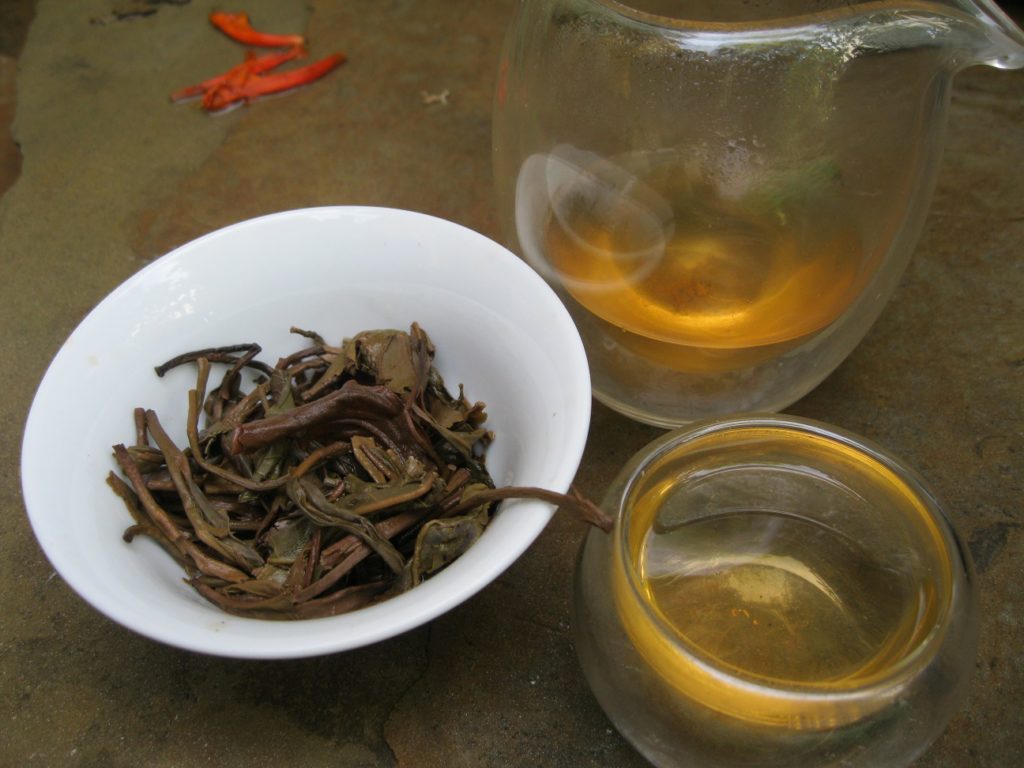Puerh Battle: Auspicious Dragon vs Fruit Monster
In this Tobacco Puerh Side-by-Side we’ll be comparing the ’11 Fruit Monster with ’07 Auspicious Dragon, WD. The two fell into the tobacco class of puerh tastes and were similarly associated in terms of one another. Hear they are:
Both item have a tobacco nature that could easily be associated with Xiaguan. The Fruit Monster comes from the Simao region. The Auspicious Dragon hails from Jinggu, a region more renowned for its black and white teas.
Both items have been stored better than two years here in Los Angles. I brewed the Auspicious Dragon in my workhorse clay pot and the Fruit Monster in porcelain, adjusting for the age difference. The mouthfeel of the Fruit Monster was considerably thicker. I think some of that thickness must be attributed to brewing in porcelain. When pushed, it bottoms out into unpleasant bitterness and astringency that scorches the tongue. Otherwise, its a wholly pleasant fruit and spice type that is far less smoky as when first acquired.
Auspicious Dragon is getting fruitier than when first arriving. The petrol and tobacco and starting to fade into allspice, black pepper and slightly petrol soaked jackfruit with a citron overtones. Despite being four years older than the Monster, it’s still sharp in some places. Both are moderately dry stored.
The Auspicious Dragon seems to be in it for the long haul as far as storage goes. The Fruit Monster is in for considerably easier drinking with nice vanilla notes for enjoying now.

